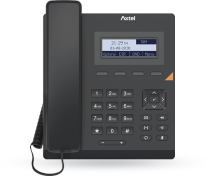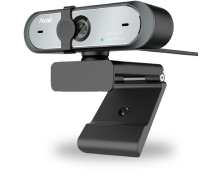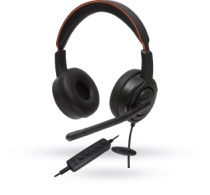This website uses cookies so that we can provide you with the best user experience possible. Cookie information is stored in your browser and performs functions such as recognising you when you return to our website and helping our team to understand which sections of the website you find most interesting and useful.
Privacy Overview
Strictly Necessary Cookies
Strictly Necessary Cookie should be enabled at all times so that we can save your preferences for cookie settings.
If you disable this cookie, we will not be able to save your preferences. This means that every time you visit this website you will need to enable or disable cookies again.
3rd Party Cookies
This website uses Google Analytics to collect anonymous information such as the number of visitors to the site, and the most popular pages.
Keeping this cookie enabled helps us to improve our website.
Please enable Strictly Necessary Cookies first so that we can save your preferences!

 Another significant issue stems from the materials used in headset construction. A report published by the Audio Engineering Society highlights that nearly 40% of users experience discomfort during prolonged use, often linked to subpar ear padding and overall headset ergonomics. Furthermore, the way headsets interact with various devices can also affect audio clarity. The complexities introduced by compatibility issues can lead to diminished sound quality, further contributing to user frustration. With these findings, it's essential for manufacturers to focus on enhancing both the
Another significant issue stems from the materials used in headset construction. A report published by the Audio Engineering Society highlights that nearly 40% of users experience discomfort during prolonged use, often linked to subpar ear padding and overall headset ergonomics. Furthermore, the way headsets interact with various devices can also affect audio clarity. The complexities introduced by compatibility issues can lead to diminished sound quality, further contributing to user frustration. With these findings, it's essential for manufacturers to focus on enhancing both the  The quest for the perfect headset often leads to frustration, particularly when it comes to
comfort. Recent industry reports indicate that a staggering
70% of users express dissatisfaction with their headset's
audio clarity and overall comfort. More than just a minor
inconvenience, discomfort can stem from various factors such as earcup design, weight, and
material quality. According to a study conducted by the International Association of Audio
Engineers, over 60% of users reported that prolonged use of
headsets often resulted in discomfort and fatigue due to poor fit and inadequate cushioning.
The quest for the perfect headset often leads to frustration, particularly when it comes to
comfort. Recent industry reports indicate that a staggering
70% of users express dissatisfaction with their headset's
audio clarity and overall comfort. More than just a minor
inconvenience, discomfort can stem from various factors such as earcup design, weight, and
material quality. According to a study conducted by the International Association of Audio
Engineers, over 60% of users reported that prolonged use of
headsets often resulted in discomfort and fatigue due to poor fit and inadequate cushioning.






